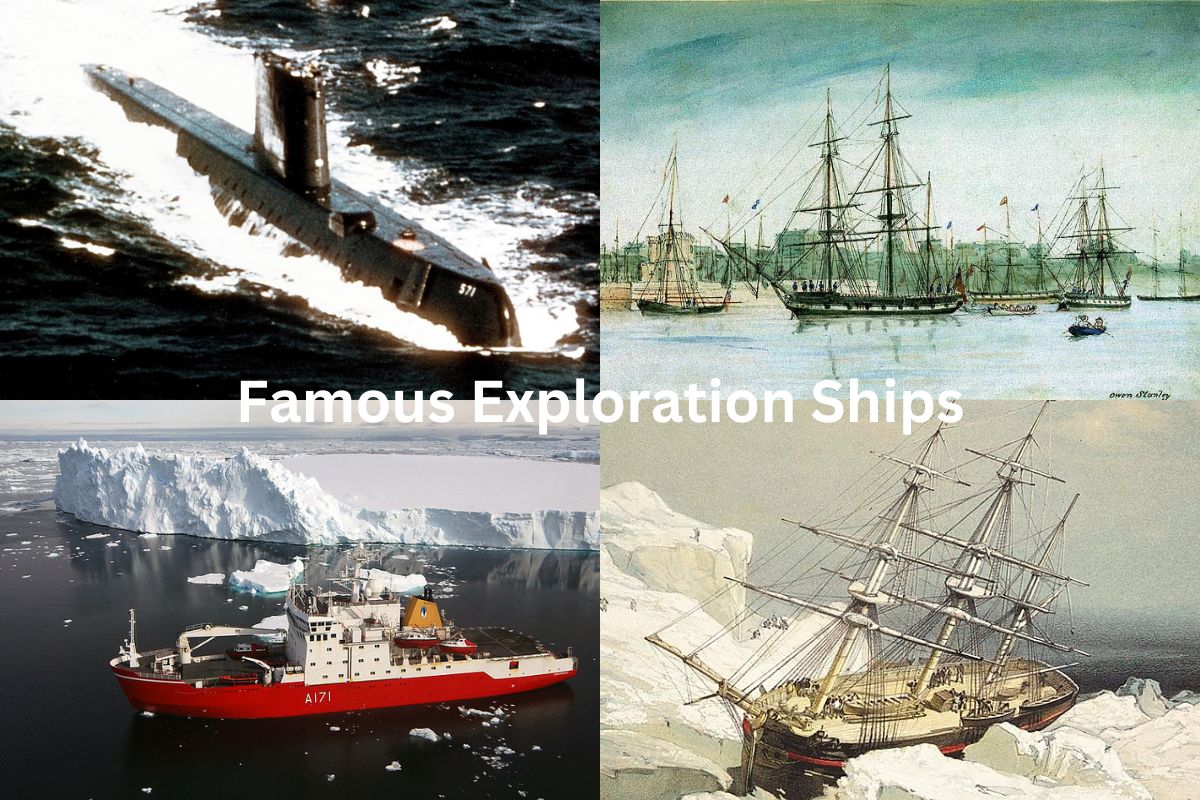Exploration ships have been used for a number of purposes throughout history, from discovering new territories and mapping the world’s waters to performing scientific study in some of the most remote and difficult places on the planet.
The Age of Discovery, during which European explorers such as Christopher Columbus, Ferdinand Magellan, and Vasco da Gama set out on voyages of discovery that changed the course of human history, was one of the most famous times in exploration ship history.
Also Read: Facts About the Age of Exploration
These early exploration ships were frequently small wooden sailing ships that relied on the talents and daring of their men to navigate the world’s undiscovered waterways.
Exploration ships got increasingly complex as technology improved, with current vessels outfitted with advanced navigation, research, and communication equipment.
These ships are used to examine the ocean floor, map underwater geography, and research marine life habitats and behavior.
Exploration ships are also employed to research the Earth’s poles, which have intense and unpredictable weather. Icebreakers are frequently employed to traverse through the Arctic and Antarctic’s vast ice sheets and icy waters, allowing scientists to do research on climate change, polar ecosystems, and the geology of these distant locations.
Exploration ships have been increasingly significant in exploring the consequences of climate change on our planet in recent years.
These ships are being used by researchers to collect data on sea level rise, ocean temperatures, and the impact of human activities on marine life, allowing us to better understand and respond to the issues that our planet faces.
Famous Exploration Ships
1. HMS Beagle
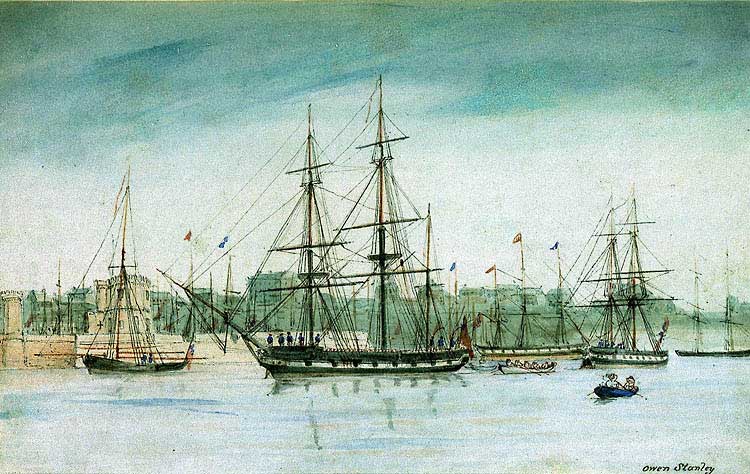
The HMS Beagle was a British Royal Navy ship most remembered for its role in Charles Darwin’s 1831–1836 trip to the Galapagos Islands. The Beagle was a small two-masted brig that was 90 feet long and 24 feet wide.
Darwin was a young naturalist at the time, and his voyage on the Beagle allowed him to collect a massive amount of data and specimens that would eventually lead to the formulation of his theory of evolution.
Also Read: Famous Shipwrecks
The Beagle also conducted coastline surveys of South America, including Brazil, Argentina, and Chile, throughout its trip.
The voyage of the Beagle was not without difficulties, with the ship running aground on multiple occasions and encountering dangerous weather conditions.
Notwithstanding these difficulties, Darwin’s voyage was a success, and his observations and discoveries transformed scientific understanding of the natural world.
The Beagle was employed for a number of roles after her return to England, including as a coastguard vessel and a customs ship. In 1870, it was eventually sold and dismantled.
Today, the HMS Beagle is remembered for its role in one of history’s most important scientific voyages.
A duplicate of the ship has been built in the English town of Woolwich, and there are other monuments and museums devoted to Darwin and his work around the world, notably the Darwin Centre at the Natural History Museum in London.
2. USS Nautilus
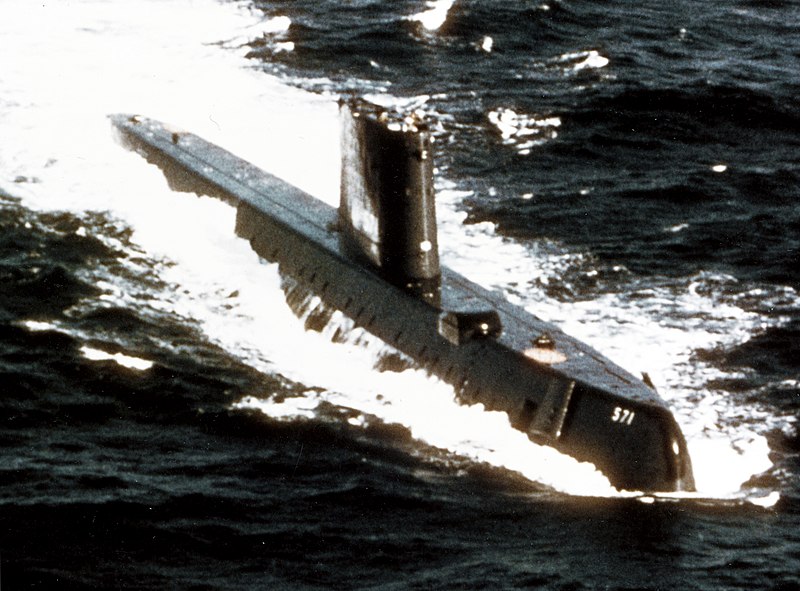
The USS Nautilus was the world’s first nuclear-powered submarine, and it played an important role in submarine technology development throughout the Cold War. The Nautilus, which was launched in 1954, was powered by a pressurized-water nuclear reactor, giving it exceptional range and speed.
In 1958, the Nautilus became the first submarine to perform a submerged transit of the North Pole, going 1,830 nautical miles beneath the ice in under four days.
This famous submarine was also instrumental in the advancement of undersea navigation and communication technology, and it participated in a number of critical Cold War operations.
Also Read: Famous Undersea Explorers
The Nautilus was decommissioned in 1980 and converted into a museum ship in Groton, Connecticut. Visitors can now take a tour of the ship and learn about its history and contributions to submarine technology.
During the Cold War, the USS Nautilus was a key emblem of the US Navy’s inventiveness and scientific growth.
3. HMS Challenger
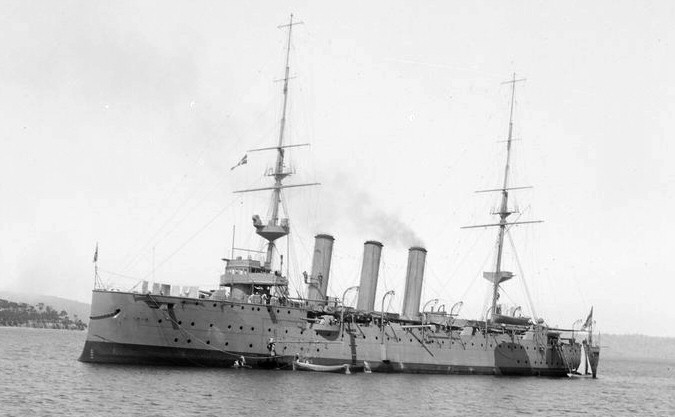
The HMS Challenger was a British Royal Navy ship most known for its role in the first modern scientific exploration of the deep oceans. The Challenger, a steam-powered corvette with a length of 200 feet and a breadth of 40 feet, was launched in 1872.
The Challenger’s purpose was to investigate the world’s seas and collect data on the deep water, marine life, and bottom geology.
The Challenger traversed approximately 70,000 nautical miles and gathered over 4,700 new species of marine life, as well as hundreds of samples of rocks, sediment, and water throughout its three-year trip.
The Challenger’s results were published in the “Challenger Reports,” a 50-volume series of papers that transformed scientific understanding of the ocean and paved the basis for future oceanographic research. Today, many current oceanographic research vessels are modeled after the Challenger’s architecture and approach.
The Challenger was employed for a variety of reasons after its return to England, including as a teaching ship and a target for navy gunnery practice. In 1921, it was eventually sold and dismantled.
The HMS Challenger is acknowledged today as one of the most important ships in oceanographic history, and her contributions to our understanding of the world’s oceans continue to inspire scientists and researchers worldwide.
4. HMS Erebus and HMS Terror
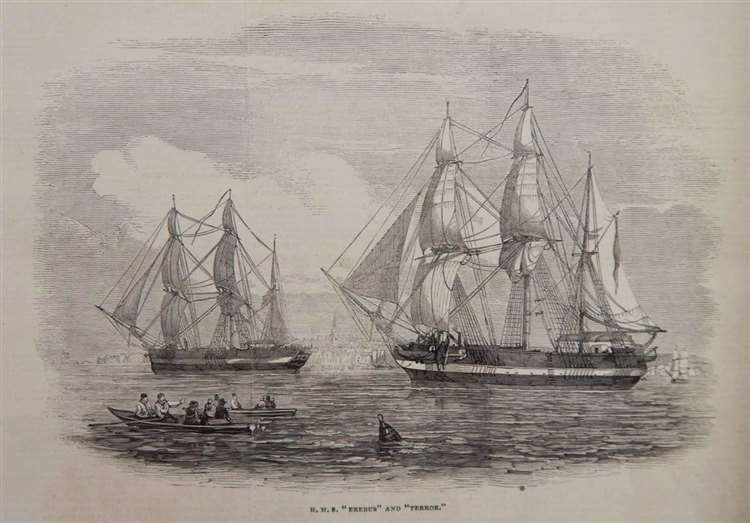
HMS Erebus and HMS Terror were two British Royal Navy ships used in Sir John Franklin’s ill-fated 1845 expedition to find the Northwest Passage. The Erebus and Terror were both upgraded bombers with reinforced hulls and steam engines to augment their sailing capabilities.
The mission, which was scheduled to last three years, set out from England in May 1845 aboard two ships with 129 men on board. The mission, however, experienced various difficulties, including intense weather, ice floes, and a lack of supplies. The ships became caught in the ice by 1848, forcing the crew to abandon them.
Despite intense searches, neither the Erebus nor the Terror were discovered for more than 150 years. The Erebus was discovered in the Arctic in 2014, while the Terror was discovered two years later.
For many years, the crew’s fate was unknown, although evidence shows that they died of famine, exposure, and sickness when stranded in the Arctic.
The discovery of the wrecks, on the other hand, has revealed new insights on the trip and its terrible end, and academics are continuing to analyze the Erebus and Terror to better comprehend the problems faced by early Arctic explorers.
Nowadays, the Erebus and Terror are remembered as major icons of early polar explorers’ daring and sacrifice.
5. HMS Bounty
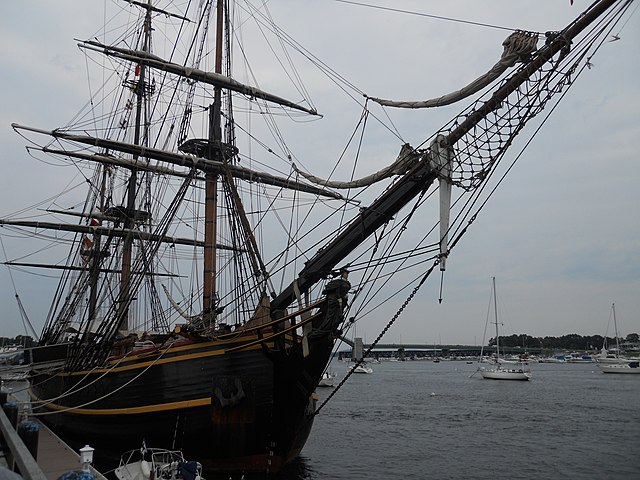
The HMS Bounty was a British Royal Navy ship most known for the mutiny that took place on board in 1789. The Bounty was built in 1784 to bring breadfruit from Tahiti to the West Indies as part of a British attempt to develop a new food crop for enslaved workers.
Tensions between the crew and its captain, William Bligh, erupted during the voyage to Tahiti, and in April 1789, a group of mutineers led by Fletcher Christian seized control of the ship and stranded Bligh and several of his faithful followers in a tiny boat.
The Bounty continued to sail despite the mutiny, with Christian and the mutineers finally settling on Pitcairn Island in the South Pacific. In order to evade notice, the ship was burnt and sunk.
For many years, the fate of the mutineers and their descendants on Pitcairn Island was unknown, but in the twentieth century, academics were able to piece together the account of the mutiny and its aftermath.
The story of the HMS Bounty and the mutiny that occurred on board has since been the topic of several books, films, and other works of popular culture, and the ship continues to be an iconic symbol of the hazards and perils of discovery and adventure.
6. HMS Endurance
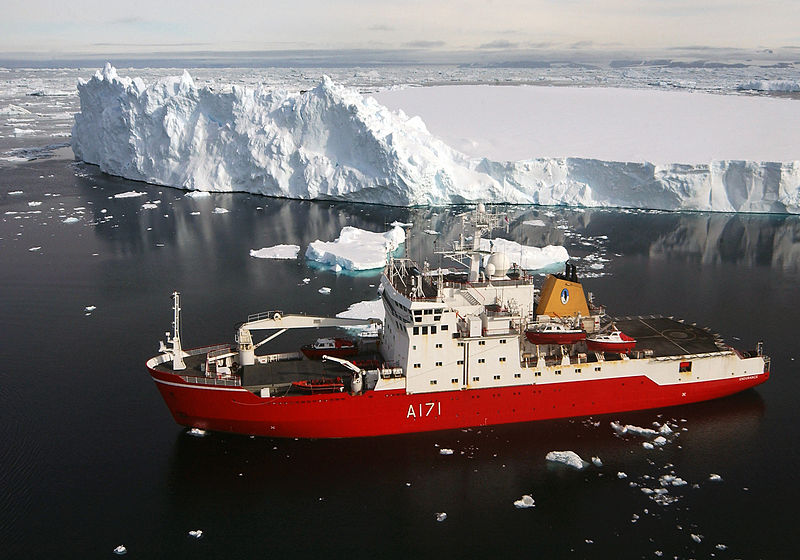
The HMS Endurance was a British Royal Navy ice patrol vessel used for Antarctic expedition. The Endurance was introduced in 1990 and was intended primarily for use in the harsh conditions of the Southern Ocean and Antarctica.
The Endurance was named after the famed ship that explorer Ernest Shackleton used on his 1914-1917 Antarctic expedition. The modern vessel, like Shackleton’s Endurance, was built to be tough and ice-resistant, with a strengthened hull and a powerful propulsion system that allowed it to cross the Southern Ocean’s pack ice.
The Endurance was utilized for a number of scientific tasks during its service, including oceanographic research, mapping, and the study of climate change in the region.
The ship is most known for its role in a dramatic rescue operation in 2008, when it assisted in the evacuation of a group of stranded Russian scientists from a remote Antarctic research station.
However, due to its age and high running costs, the Endurance was eventually retired from service in 2016. The ship, however, remains an essential emblem of the United Kingdom’s contribution to Antarctic exploration and research, and its legacy continues to inspire scientists and adventurers all over the world.
7. Discovery
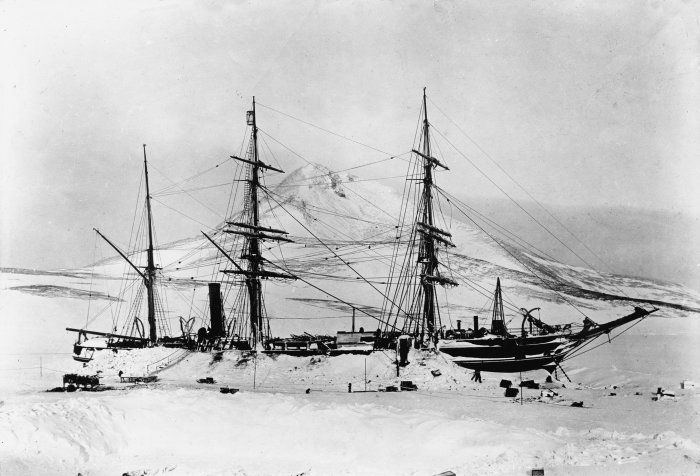
The name Discovery refers to numerous famous exploration ships, the most well-known of which was used by Robert Falcon Scott on his first trip to Antarctica in 1901. The Discovery, a wooden three-masted ship with a length of 170 feet and a breadth of 34 feet, was launched in 1901.
Scott’s expedition was the first large-scale scientific journey to Antarctica, and the Discovery was outfitted with a variety of scientific instruments and laboratory equipment to research the region’s geology, biology, and weather.
The crew made a number of significant discoveries during the voyage, including the first sighting of an Emperor penguin and the first wintering on the Antarctic continent.
The Discovery also played an important part in the evolution of Antarctic exploration and research, with her crew establishing a precedent for scientific investigation on the continent that would last for decades.
The ship was eventually sold and used for various purposes before being rediscovered and reconstructed as a museum ship in Dundee, Scotland, in the 1980s.
The Discovery is known today as one of history’s most important exploration ships, and its legacy continues to inspire scientists and explorers all across the world. The ship has also come to represent Scotland’s maritime past as well as its contributions to scientific discovery and exploration.
8. HMS Investigator
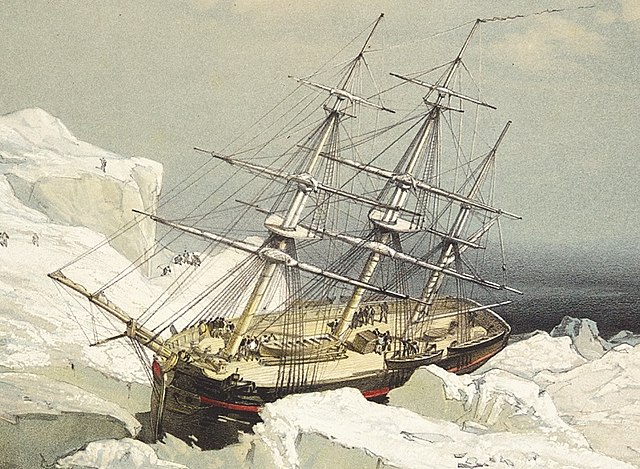
The HMS Investigator was a British Royal Navy ship that spent the mid-nineteenth century exploring the Arctic and Antarctic. The Investigator was launched in 1848 and was initially employed to survey and map the Australian coast.
But, the ship was dispatched to the Arctic in 1850 as part of a British effort to locate the lost Franklin Expedition, which had vanished while hunting for the Northwest Passage.
The Investigator was one of several ships dispatched to find the Franklin Expedition, and it is credited with discovering several new islands in the Canadian Arctic Archipelago.
After completing its mission in the Arctic, the Investigator was deployed to Antarctica to explore, where it made several significant discoveries, including the detection of the Aurora Australis, or southern lights. The ship’s crew also conducted scientific studies on the region’s geology, fauna, and meteorology.
After becoming stranded in Arctic ice, the Investigator was eventually abandoned in 1853. The ship’s crew, however, survived and was subsequently rescued by another British craft.
The HMS Investigator is known today as an important exploration ship that contributed much to our understanding of both the Arctic and Antarctic areas. Numerous monuments and museums devoted to the ship and her legacy may be found around the world, notably the Investigator Park and Museum in Australia.
9. The Fram
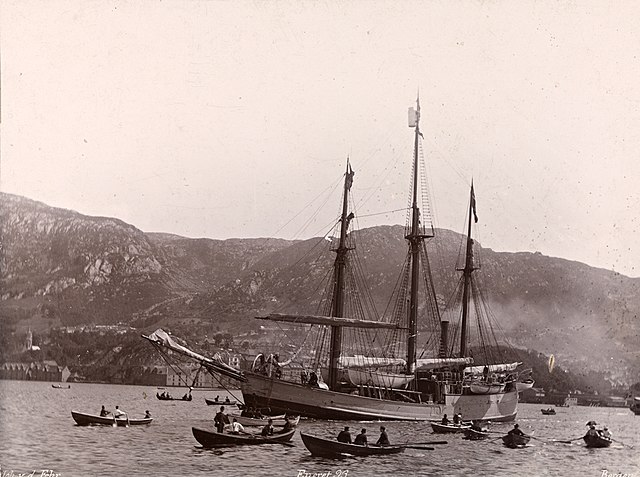
The Fram was a notable Norwegian exploration ship that was specifically planned and built for arctic voyages. Several prominent polar explorers, including Fridtjof Nansen and Roald Amundsen, used the ship after it was launched in 1892.
The Fram was a one-of-a-kind design, with a reinforced hull built to withstand the pressure of the ice and a rounded shape that allowed it to ride on top of the ice rather than being crushed by it. The ship also has a sophisticated propulsion system that allowed it to navigate even the thickest ice.
Nansen, who used the Fram to explore the Arctic in 1893-1896, oversaw one of the ship’s most famous excursions. Nansen and his crew drifted across the Arctic Ocean throughout the trip in an attempt to reach the North Pole.
Although not reaching the pole, the mission established a record for the farthest north latitude ever achieved by mankind at the time.
Amundsen later utilized the Fram in his 1910-1912 voyage to the South Pole. The Fram, which helped Amundsen’s team to navigate through the perilous conditions of the Antarctic ice, was vital in Amundsen’s successful trip.
Today, the Fram is acknowledged as one of the most important exploration ships in history, and its legacy continues to inspire scientists and explorers around the world.
The ship has been preserved as a museum in Oslo, Norway, and tourists can explore the vessel and learn about its involvement in some of the most renowned polar expeditions in history.
10. HMS Endeavour
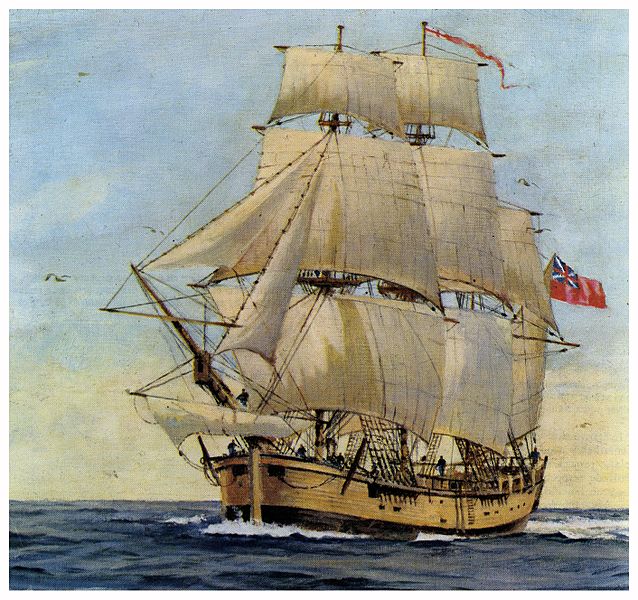
The HMS Endeavour was a research vessel of the British Royal Navy that was launched in 1764. It is well recognized for its part in British explorer James Cook’s maiden journey to the Pacific Ocean from 1768 to 1771. The Endeavour was a three-masted bark that measured 106 feet long and 29 feet wide.
During Cook’s expedition, the Endeavour explored Australia’s eastern coast, including Botany Bay and the Great Barrier Reef. Cook and his crew also traveled to New Zealand, where they met the Maori people and charted the island’s coastline.
The Endeavour was also utilized for scientific research, with various naturalists on board collecting plant, animal, and mineral specimens. Cook utilized the ship’s chronometer to help determine the longitude of various locations, which was an important navigation tool at the time.
The Endeavour was employed for a variety of reasons after its return to England, notably as a transport ship during the American Revolution. It was eventually sold and renamed the Lord Sandwich before being sunk off the shore of Rhode Island during the Newport blockade in 1778.
Efforts have been undertaken in recent years to discover the wreckage of the Endeavour, with some researchers believing they have found the ship’s remnants off the shore of Rhode Island.
The HMS Endeavour is a key component of nautical history and is remembered for its involvement in one of human history’s most major voyages of discovery.
